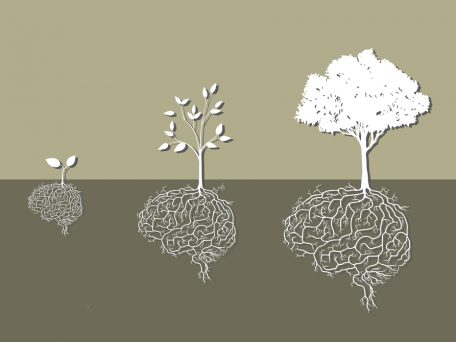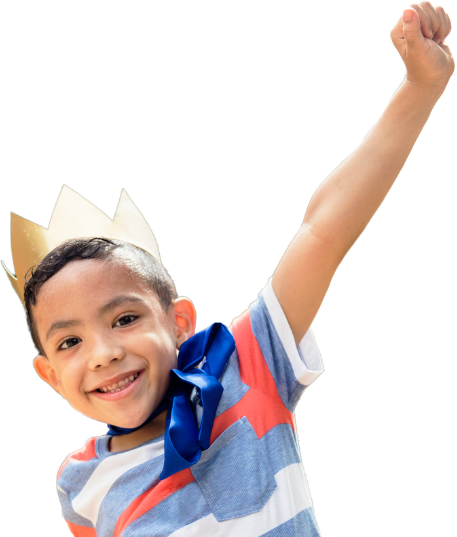The first five years of a child’s life are critical for their development. These years don’t just mean learning to walk, run and play, but are also the period of time when a child’s brain is developing at it’s fastest.
By the time a child is 5, over 90% of their brain has already been developed. A newborn’s brain will have doubled in size by the time they are one years old, and the most critical part of development—connection of the brain via neurons—happens at a rate of about 700 connections a second during this period.
Brain development has a lifelong impact
Neural connections happen through interactions with the world around them. When ever you snuggle your child, read them a book, play, or share a new experience with your child, you are helping develop their brain.
What experiences your child has during this time will determine what neural pathways are developed and help shape who your child becomes in a big way.
Healthy development stems from positive interactions between the child and their caregivers. This isn’t just the parents, but also daycare, preschool, and other caretakers in the child’s life. Much of these interactions include, “Serve and Return,” interactions, where caregiver and child take turns responding to each other.
For a baby, this might be cooing at a parent and having the parent respond or playing games like peek-a-boo. As the child grows older, conversations, play, and other more complex forms of
interaction replace these first early responses.
Positive stress can also help a child develop. Positive stress comes in the form of things like meeting new people or participating in a new game. Although they might feel nervous at first, this stress helps them learn how to handle challenges later, such as studying for school.
Negative interactions
Just as positive interactions help build the brain, negative interactions can also shape the brain. If a child grows up in a neglectful or abusive household, it can build the child’s brain in a negative way. Children who grow up with negative connections can be more prone to health problems, suffer from addiction issues, and more.
Although it’s possible to help undo some of this damage later in life, much of it is permanent.
How to support healthy brain development
Although the human brain continues to develop well into a person’s 20s, the most critical period of development is from birth to 5 years of age. It’s important to help build positive interactions during this time, both at home and with caregivers.
• Play with your child
One of the best ways to help a child develop is to simply play with them. Join them on their play pretend adventure, roll a ball to them, ask what they are playing and what is happening in their imaginative story.
The more you can go back and forth with a child to find out what they are doing, the better off they will be.
• Read books
Books are a great way to foster positive interactions. A child can look at books and interact with flaps or sliders, while hearing your voice and asking questions can all help form important neural connections in the brain.
• Choose caregiving wisely
Although parental actions are most important, a good caregiver can help boost brain power when you are not available. Choose a daycare or preschool that interacts positively with your child, and will continue that important development while you are at work or otherwise busy.
Your child will continue to grow and develop all of their life, but the first five years are developmentally most important. Make them count with these tips.








